Guest post by Edi Schneider:
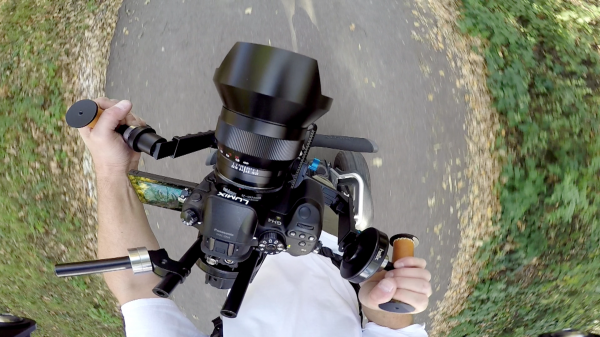
As an independent filmmaker and technology freak I have always been obsessed with moving the camera in a dynamic yet stable way. I’ve tried Steadicam style stabilisers, mechanical giroscopes and servo-based gimbal systems. When brushless gimbals started to emerge I followed closely the early builders community. I had friends who built working brushless gimbals before you could actually buy dedicated components that are commonplace these days.
Even before MoVI was released I had a working prototype of a brushless gimbal for GoPros. I even showed it to a select group of industry professionals during a masterclass I organised with Philip Bloom.

GoPro gimbals were nice and lightweight, but I wanted a gimbal to carry at least the Canon 5D, if not the Black Magic Cinema Camera or Red Epic. I had a custom brushless gimbal for DSLR-sized cameras made for me. Zacuto bits and pieces were used alongside 3D printed parts and other custom designed components. It was nice, but it had to be very, very well balanced in order to hold a DSLR. This was not something that could be set up in a hurry. Balancing the camera as close as possible to the centre of gravity on all axes is crucial to making any gimbal work properly. If not, the motors have to fight tremendous force and the gimbal will not work as it is supposed to do.
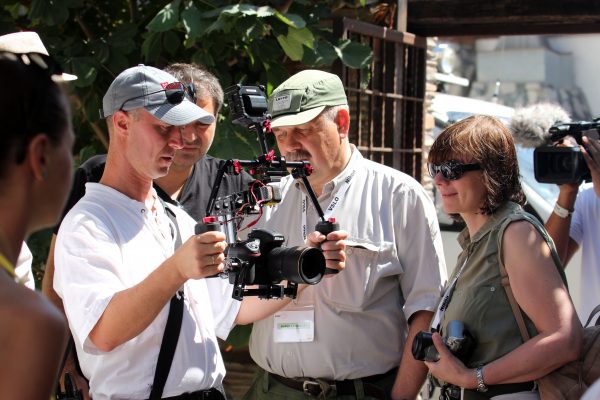
The Movi M10 was out of my reach because of the prohibitive price tag. As motor technology evolved, bigger, stronger brushless motors became available so I had another big gimbal built for me, this time from mostly carbon fibre components to keep the weight down. It was heavy but it worked. It was powerful enough for my needs, but in honestly was still a pain to balance. Cables were dangling from everywhere, motors were exposed and prone to damage and so was the electronic board and sensor.
Then came the gimbal frenzy. Suddenly there were plenty of commercially available options from companies like Defy and Besteady. These were more affordable plug and play gimbals designed for filmmakers.
Even so, many fellow operators still tried to go the cheap way, buying a bag full of bits and pieces from Chinese manufacturers and Ebay. Most realised after several days of hard work that you have to be a rocket scientist to make them work. Ever the optimist, I decided to team up with a friend and try to offer a ‘middle ground’ alternative, by building and selling our own gimbals to friends. We soon gave up because it just took so much time to teach people how to set up and use the gimbals. Most people thought you could throw any camera and lens on a gimbal and have it work within seconds, but it would often be out of balance. Even if the gimbal was well set up, temperature changes or a bumpy ride in the car to the shooting location would send it out of balance again. It’s very frustrating to spend half an hour or more adjusting and balancing the gimbal with allen keys and other tools while the agency, client and talent are breathing down your neck. Even worse, changing the camera or lens required long rebalancing time and software tuning in order to make the gimbal work properly. Using zoom lenses with significantly moving optics inside was out of the question for that same reason.
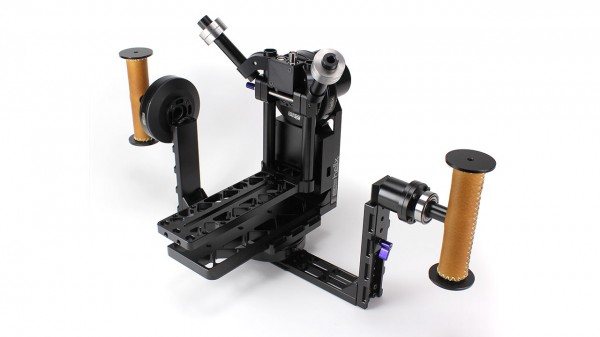
Enter the Helix from Letus. The Helix is a one-of-a-kind multi-axis, modular brushless gimbal that I totally fell in love with at the NAB show in Las Vegas this year. It’s a totally different approach from the other gimbals, which are basically aerial photography rigs with handles added. The Helix was designed from the ground up for handheld filmmaking and uses an optically-centred base. It is the most intuitive and tool-less, easy to balance gimbal I have ever used. There are no cables dangling around and the electronics and motors are perfectly hidden and protected. It is made out of lightweight aluminium, yet weighs only 6 pounds (for the three axis version). To tilt the Helix you simply rotate the handgrip upwards or downwards – something so simple you wonder why no-one else thought of it.
Letus are not a fly-by-night start up company trying to make a quick buck on crowd funding websites. They’ve been around for ages and originally became famous for making 35mm adapters. These conferred the shallow depth of field look to small sensor video cameras in the days before the 5D mkII. Letus are a company I trust and rely on. I’ve been one of the customers for years and they take service very seriously.
The origins of the Helix pre-date the current craze for brushless gimbals. It started as a device to allow the camera to spin through the optical centre of the lens on the roll axis. Designed for music videos and movies, it was rotated using a crank handle or a Kessler motion control motor. It was a great but very specialised tool and not for every day use.
The same technology that allowed the original Helix to spin so smoothly is also perfect for a gimbal, and hence the current Helix stabiliser was born, this time not moving on just one axis, but two or three. The key difference between the Helix and other designs is the optical centring of the lens, which greatly aids image stabilisation and allows for beautiful roll actions.
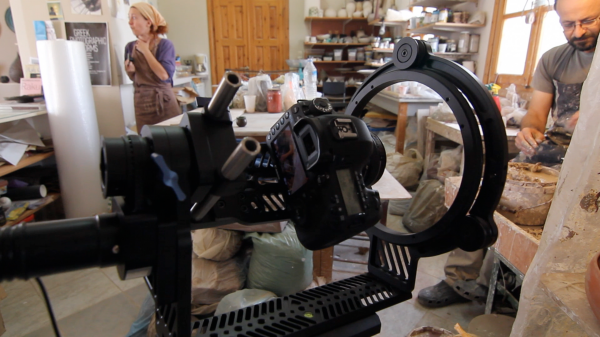
Because the lens is centred, rather than the camera’s mass, you need to tune the centre of gravity. Thankfully, this is a breeze; there are small weights that can be added and moved around to do this. After that you power it on and you are set, with no software tuning required.
As I mentioned, the Helix is internally wired. There are SDI, power and joystick ports. Sliprings allow 360 degree rotation of the gimbal without tangling of cables – something not found on other systems.
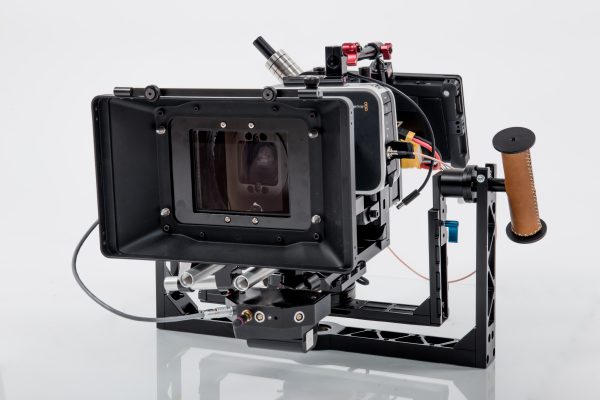
I can say hands down that this is the only gimbal I have used with so many different cameras and lenses without a hitch – from the ultra-light Sony a7S to a full-blown BlackMagic with Zeiss CP.2 lens and Letus Anamorphic adapter weighing in at a whopping 9kg (20lbs).
Other gimbals need a stand – you can’t simply put them down on the floor. The Helix has a flat base and when you’ve got your shot you can put it down anywhere.
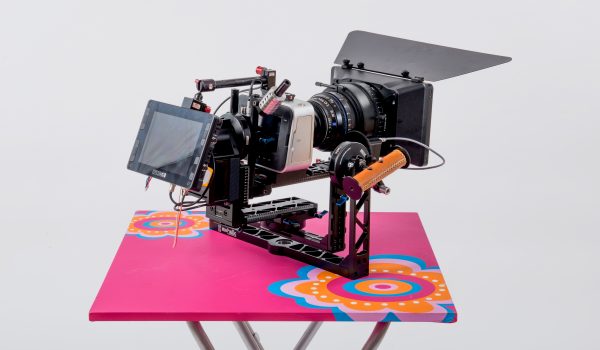
It can also be quickly moved into ‘suitcase mode’ where the gimbal is suspended vertically by one handle. This is great for low shots.
What I also find particularly helpful is the ability to go to suitcase mode within the vertical line and with no side-to-side wobbling.
Another great feature of the Helix is its size. It doesn’t need a gigantic Pelican case like some other gimbals. I made it fit into a laptop-sized case without having to dismantle it into many pieces – something I haven’t seen another gimbal do. Letus offer a convenient custom case for it which I will purchase soon.
Another revolutionary thing is the battery and power supply. For the safety of the user and for travel convenience the Helix uses custom Lithium Ion batteries as opposed to Lithium Polymer (LiPo) batteries used by other gimbal manufacturers. LiPo batteries are not allowed on board by many airlines. They can be very dangerous and are prone to ignite and burn at very high temperatures if the internal chemicals make contact with air due to a physical shock or faulty charging. The internet is full of LiPo accidents – entire rooms or houses burned down because of un-surveilled charging. The Helix Lithium Ion battery uses a simple, industry standard two pin Lemo-plug and a small, compact charger. In addition, it has a power output which allows other devices to be powered at 12V. This is especially useful for the Blackmagic cameras or when using a monitor. There is a multiple bar LED indicator that indicates the battery charge level so you always know where you’re at. Exchanging the battery takes a matter of seconds thanks to a handy snap-on magnetic bracket. The 5200 milliamp batteries seem to last forever and have a built-in protection circuit module to boot.
With the Helix you can place a monitor directly on top of the camera. This means the monitor is stabilised at the same time as the camera – what you see in the monitor is what you get. On other gimbals, which have a monitor mounted on a bar above the camera, you are looking at a stabilised image in a non-stabilised monitor frame – this bounces around, which can make seeing things trickier.
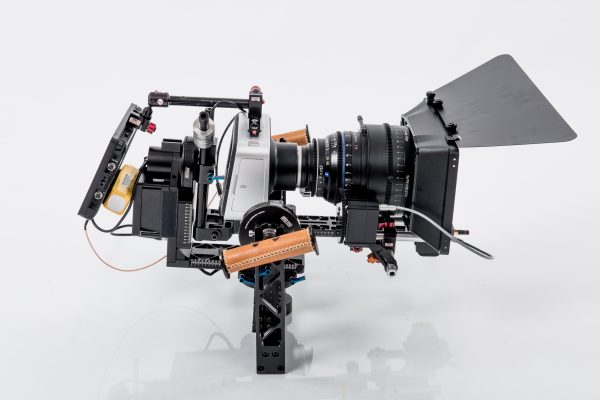
The distance between the handles of the Helix is significantly narrower than on other gimbals. The Helix design encourages you to hold it up near to your eye line, placing your arms and the camera close to the body. I find shooting like this is crucial because your muscles are spared. You can shoot takes that are three to four times longer when the gimbal is close to your body instead of at arms length.
The modularity of the Helix is also unique. You can use it as a single axis, two axis, three or even four axis stabiliser. In the single roll axis configuration it can be placed on top of a Steadicam to provide auto-horizon levelling and “walkiness” removal.
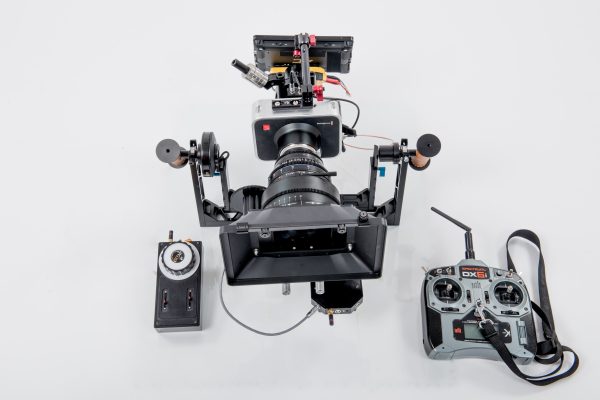
I have used the Helix for several months now, with and without additional support systems. In addition to regular handheld run and gun I’ve had it on the end of a Supamods X4 steadicam-like arm & vest and on a Flowline hanging in overhead position from a helicopter. Throughout it has performed flawlessly.
It is lightweight and yet built like a tank. I found that out the hard way recently on a cable-cam shoot when an error sent the sled, with Helix and Canon 5D slung underneath, full speed into a tree trunk. I had no time to react and the impact was so hard, the Manfrotto quick-release I adapted to it broke at two points and the Helix with 5D and 24-105 fell to ground. Surprisingly neither the Helix nor the camera were damaged. I power-cycled it and it works as if nothing happened. A regular carbon fibre gimbal would have shattered at the impact and other aluminium gimbals would have bent. Call it a miracle. I call it Helix.
You can find out more about the Helix on the Letus website.
You can see more Edi’s work on his Facebook page.





